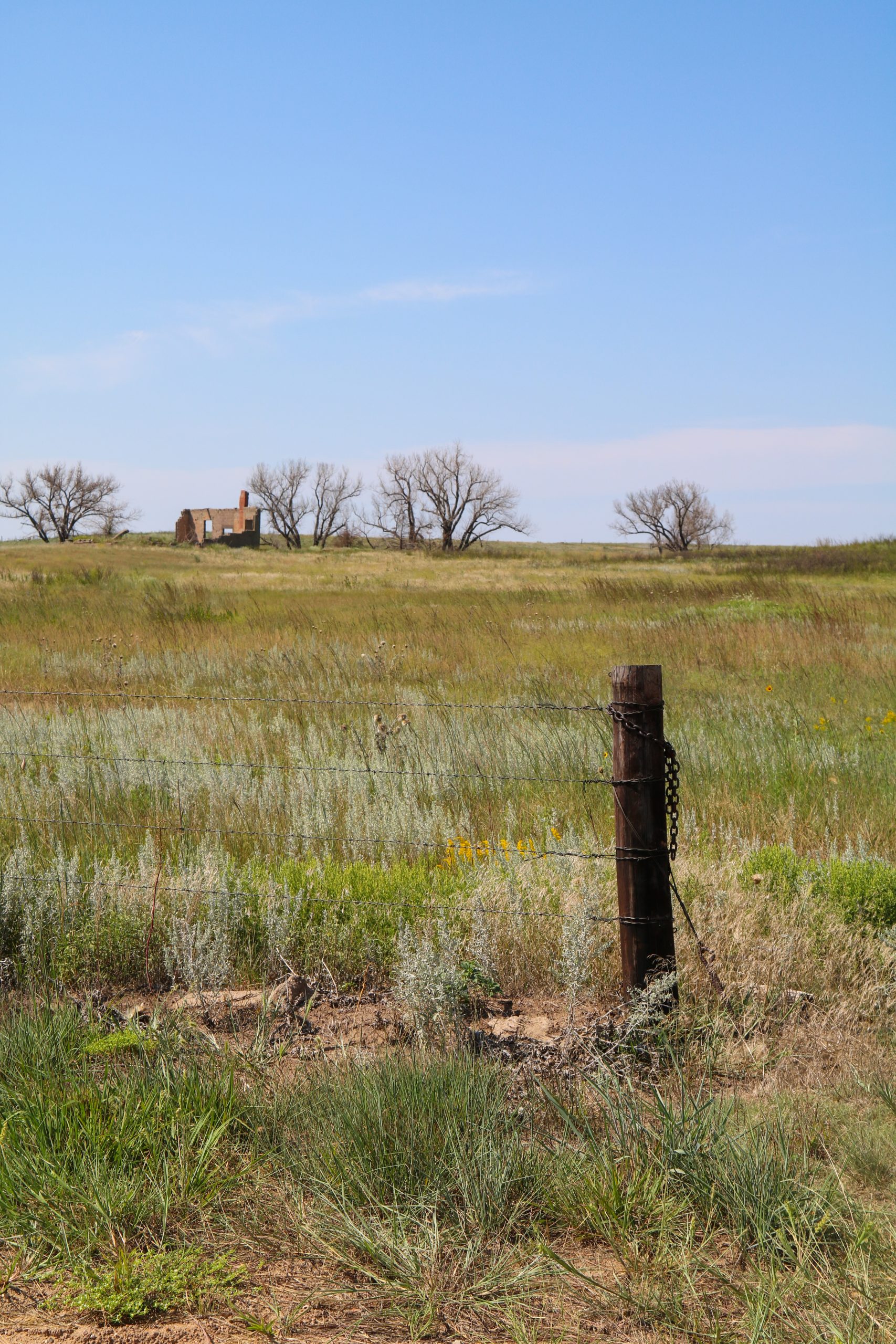A real estate broker and auctioneer who has a front row seat says land values are holding their own.
Don Hazlett, with Farm and Ranch Realty in Colby, Kansas, said grain prices usually set the tone for farmers and their decision to expand. It wasn’t that long ago when wheat was nearly $12 a bushel and corn was about $8 a bushel. Recent ranges have been about $5 to $6 a bushel for wheat and $4.80 for corn. In the past year the biggest change, he said, was interest rates that have climbed from 4.5% to about 8.5% today on a long-term real estate loan. Traditionally when commodity prices decline and interest rates spike it ripples through land values.
“When that happened that was one of my fears but so far we’re not seeing them slip,” Hazlett said.
A recent Colorado sale saw 7,500 acres bring $4,000 an acre.
“There’s some sales around that amaze me because the prices are so high,” he said. “Some of it is because of the downturn (in the rate of return) on other investments and they want to buy land as it is seen by some of them as the last bastion of hope.”
In his career Hazlett has seen similar economic downturns when investors see real estate as a safe alternative. Plus, there has been buying interests from Nebraska and Missouri where the price of land has been as high as $15,000 an acre and instead they can buy quality farmland for $3,000 an acre in the western High Plains.
Regardless of whether it is dryland or irrigated, cropland values are holding. A proven irrigation well that produces 500- to 600-gallons a minute is going to bring premium dollars, he said.
Another positive in today’s rural real estate market has been strengthening values for pastureland.
“We’ve sold a lot of grassland and the grass is probably as strong it has been at any point in the past 10 years,” Hazlett said.
A decade ago, conditions were similar with ranchers wanting to expand their herds.
Drought
Hazlett works in multiple High Plains states and he said the drought has not impacted land values as much as people might think. Cheyenne County, Kansas, has received plenty of moisture. Meanwhile in Hodgeman County, Kansas, there are fields that have really suffered but when it comes to land values “it has not hurt them yet.”
How recently planted wheat crop fares could be a determining factor in sales next year. “If we don’t get the wheat up at all that’s gonna play a part,” he said.
While it is hard to project future values he said the market continues to be resilient and dynamic.
“We haven’t seen a turn that we thought we might,” he said.
However, if the Fed continues to raise interest rates he predicts that could make a difference.
Other factors
Some property owners are using the IRS 1031 rule for like-kind exchanges process, Hazlett said. The IRS defines a like-kind exchange as when a person exchanges real property used for business or held as an investment solely for other business or investment property. Under IRS Code Section 1031 the owner is not required to recognize a gain or loss, which can make it an attractive mechanism.
Most of what is driving values is today’s farmers are wanting to expand their operations, Hazlett said, which he said is no surprise as that has been a long-term trend because of equipment they already have in place.
Smaller operators feel the pinch because of the cost of machinery, he added they have fewer acres to cover and that adds to their operational expenses.
However, there are some more efficiencies he has noticed that smaller operators have been successful in using. Regardless of farm size, farmers have been showing interest in carbon credits, Hazlett said.
The U.S. Department of Agriculture and Farm Service Agency have effective programs to help farmers and ranchers mitigate risk and improve their cash flow, he said.
Still bullish
Hazlett remains bullish because farmland is a proven hedge against inflation and that has been demonstrated the past two years. Over the last 50 years he has seen how the market reacts to inflation.
“When I started out people were buying land for $200 to $300 an acre but today it has grown to $2,000 to $3,000 an acre,” he said. “As the dollar keeps shrinking in value, land as an asset gets more valuable over time.”
He has also noticed a strong demand because there is not as much land available as there was a couple of years ago.
In the High Plains region, Hazlett is also seeing an increase in estate sales, which reflects the demographics of an older population. As farmers retire or pass on, he said, their kids are not interested in taking over and that has led to an increase in sales from the younger generation wanting to sell farmland while values remain high.
Dave Bergmeier can be reached at 620-227-1822 or [email protected].




